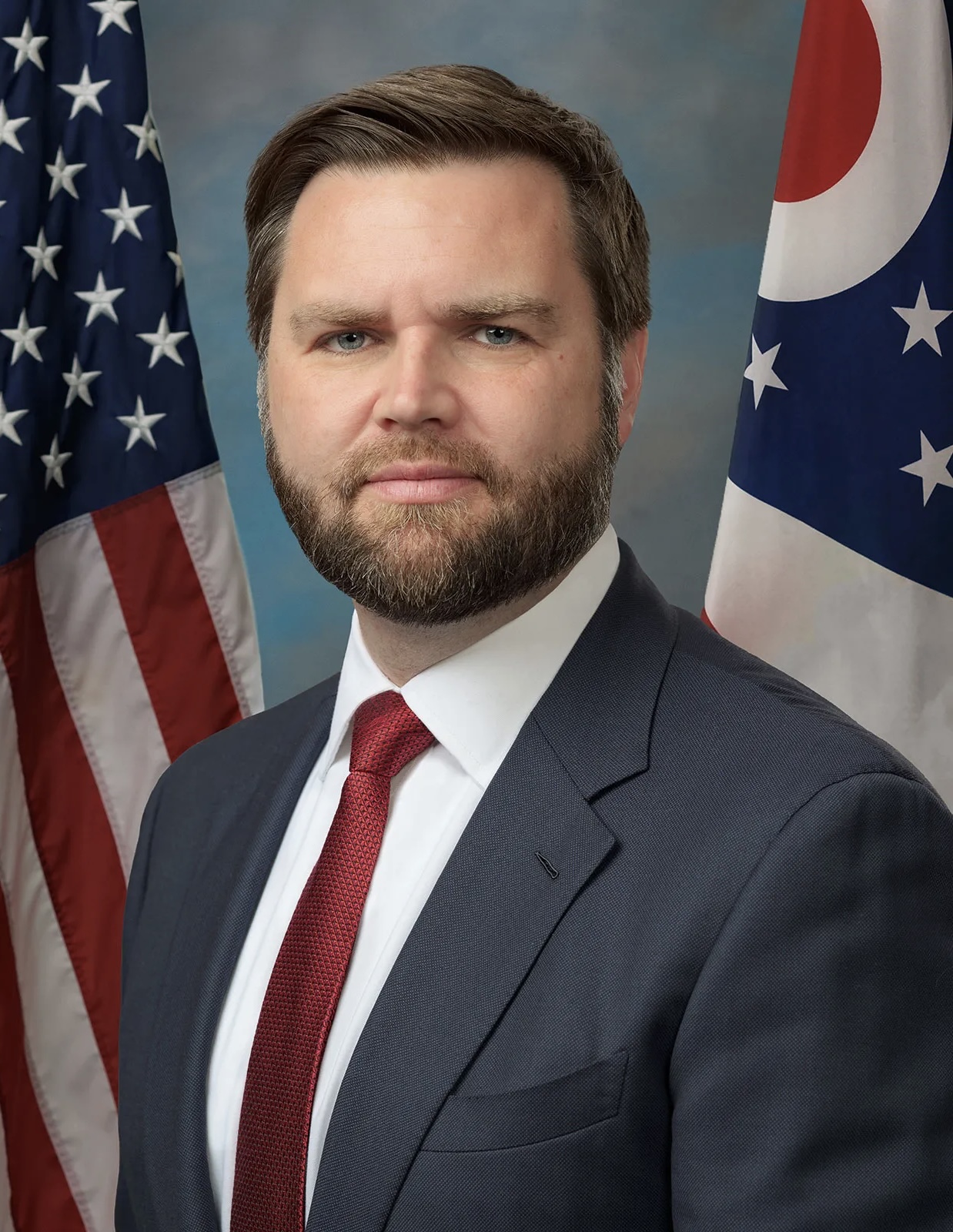Vance Family Moved to Safe Location Following Protests
Vice President J.D. Vance’s Family Relocated for Security Following Protests at Vermont Ski Resort
In response to escalating security concerns, Vice President J.D. Vance and his family were moved to an undisclosed location after pro-Ukraine protests took place at a Vermont ski resort. The protests occurred after a high-profile meeting between Vance, President Donald Trump, Secretary of State Marco Rubio, and Ukrainian President Volodymyr Zelensky, which has since sparked public debate and raised questions about political tensions, security, and the role of public protest.
The Incident and Security Concerns
The relocation of Vice President Vance’s family was a precautionary measure prompted by the protests at Sugarbush Resort in Vermont. The Vance family had planned to spend some time away, but their vacation was interrupted when a group of demonstrators gathered outside the resort. The protesters voiced opposition to Vance’s political actions, and the situation quickly escalated into a tense standoff. Although no direct threats were made, the protests created a security risk for the Vice President and his family.
Given the unpredictable nature of public demonstrations, where emotions can run high and tensions can rise quickly, the decision to move the family to a safe location reflects growing concerns over the security of public figures. The high-profile nature of their positions made them targets for protesters who disagreed with their policies, and as a result, their safety became a top priority.
The Background: A Heated Political Climate
The protest at the ski resort was a direct response to the political climate at the time. A recent Oval Office meeting between U.S. leaders, including Vice President Vance, President Trump, Secretary Rubio, and Ukrainian President Zelensky, had escalated tensions regarding U.S.-Ukraine relations. The meeting focused on an economic agreement and military aid package, which had become a point of contention.
Reports suggest that the meeting, initially intended for diplomatic discussions, turned heated after President Zelensky’s refusal to sign an important economic deal and his demands for additional military aid. Vice President Vance and President Trump reportedly disagreed with Zelensky’s approach, sparking a public exchange that was widely covered by media outlets. Zelensky’s comments about potential security risks to the U.S. were seen as inflammatory, further increasing the political divide and intensifying the public’s feelings on the matter.
The Protests and Growing Tensions
The protests at Sugarbush Resort took place at a time when political emotions were already running high. As Vance’s family arrived for their vacation, they were met by demonstrators, many of whom were older liberal women voicing their discontent. Signs and slogans at the protest expressed criticism of the Vice President and his administration’s stance on Ukraine, with some protesters even accusing him of being a “traitor.”
Alongside the protestors, a group of counter-protesters also gathered at the resort, supporting the administration’s policies and engaging in heated exchanges with the opposition. The situation quickly became volatile, and tensions between the two groups began to grow as they squared off in an effort to make their political stances known.
Safety Precautions and Relocation
In light of the growing unrest, the decision was made to relocate Vice President Vance’s family for their safety. The security of public officials has become an increasing concern, especially when protests turn violent or when emotions reach a boiling point. Public figures like Vance are often the focal points of heated political debates, and the rapid spread of information through social media can amplify dissent and increase the risk to their personal safety.
The relocation ensured that the Vice President’s family could continue their time away from Washington without further risk, and it highlighted the need for heightened security protocols for high-profile public figures. In today’s polarized climate, protecting the safety of officials and their families has become a crucial component of national security efforts.
Diplomatic Exchanges and Public Response
The events that unfolded in Vermont have sparked ongoing discussions about the nature of diplomatic exchanges and the increasing politicization of public protests. Vice President Vance’s comments during the Oval Office meeting with President Zelensky have been analyzed from various angles. His criticism of Zelensky’s negotiation style and his candid remarks regarding Ukraine’s handling of military conscription have been both praised for their directness and criticized for their divisiveness.
The protests at Sugarbush Resort reflect the broader frustration that many Americans feel about foreign policy decisions, particularly in relation to Ukraine and the U.S. role in international affairs. While some view Vance’s stance as a principled effort to assert American interests, others see it as an example of political rhetoric that further divides an already polarized country.
Conclusion: The Challenges of Securing Public Figures
The relocation of Vice President Vance and his family underscores the increasing risks that public figures face in today’s politically charged climate. As protests grow more intense and the line between activism and personal safety blurs, security measures for high-profile officials must adapt to new challenges. The decision to move Vance’s family highlights the delicate balance between ensuring their safety and respecting the public’s right to protest, as well as the growing need for security reforms to protect officials in an era of rapid political polarization.
In the aftermath of this incident, there may be calls for further security enhancements to safeguard those in positions of power. The events also raise important questions about how to foster a political environment where civil discourse can thrive and where public figures can engage in open dialogue without fear of personal harm. Ultimately, the episode serves as a reminder of the complexities that come with political leadership and the importance of maintaining public safety in an increasingly turbulent world.
